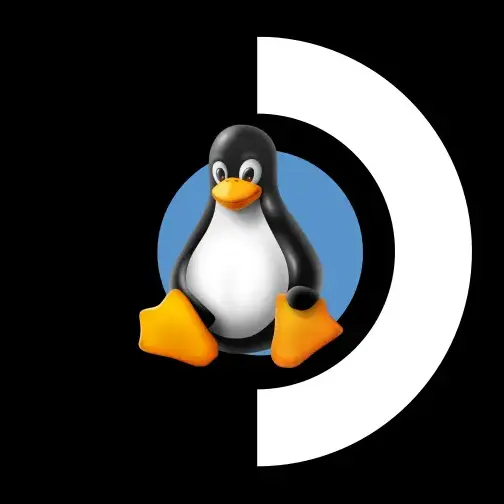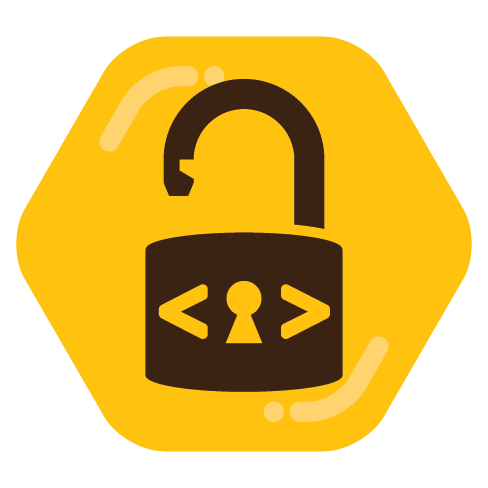Dependency-free doesnt mean they dont have dependencies. Its just that they bundle them all in the executable. When there is a security vulnerability in a library on your Linux system the vendor of your distribution (Canonical, Redhat, SUSE) takes care that it is fixed. All dependent software and libraries are then fixed as well. All I say? Not the ones which have been bundled in the executable. First they need to find out that you are affected and then the maintainer has to update the dependency manually. Often they can only do this after there has been a coordinated release of the fix by the major distributors, which can leave you vulnerable no matter how fast the maintainer is. This is the way it is in Windows. (This was a short summary)
- 0 Posts
- 16 Comments

 5·2 months ago
5·2 months agoDefinitely Widelands! It captures the heart of settlers 2 while also extending it in ways that were really needed to make it even more enjoyable. Also with the right controller layout it plays very ergonomically. (Use a trigger to switch to map scrolling via the touchpads)

 111·2 months ago
111·2 months agoAre you just starting out? I got started with home labbing with a Raspberry Pi 2B (1GB RAM!) and an external HDD I had lying around. I host Yarr, Navidrome, backups and a dashboard app Ive written on there and I am quite satisfied. I would really recommend starting small with hardware you already have and then buy new hardware as you go along. I am also using Tailscale. With this you can get your initial setup up and running in a day and save money if it turns out home labbing isnt for you or you dont really need the hardware.

 4·4 months ago
4·4 months agoThere is plant-it written in Java and HortusFox written in PHP. Both using MySQL. Is there anything available which is written in Go or Rust and uses SQLite?

 2·5 months ago
2·5 months ago

 3·9 months ago
3·9 months agoMy favorite statistic on this topic is that there are roughly 8 times as many murders per capita in the US as in Germany and 4 times as many murders per capita in Mexico as in the US. So as a German the US is much less safe* in comparison of Mexico to the US. Something to think about.
*regarding homicide
Germany: 0.8 per 100,000 inhabitants (2021) USA: 6.8 per 100,000 inhabitants (2021) Mexico: 28.2 per 100,000 inhabitants (2021)
https://en.m.wikipedia.org/wiki/List_of_countries_by_intentional_homicide_rate
It is also very resource efficient. I am running it on a Raspberry Pi 2 and it works flawlessly.
- Use sqlite instead of Postgres, MariaDB
- Avoid enterprise software (Kubernetes, Elastic Search)
- Only use projects with efficient programming languages such as Go, Rust, etc.
- Try to run things bare metal
- Lookout for projects which name themself minimal or light-weight
I use a Raspberry Pi 2 to self host a Dashboard written in Rust (Axum), a RSS reader called yarr and a music streaming server Navidrome. The latter two are written in Go and very resource efficient. The electricity bill should be under a Euro a month (6.4W max power consumption).

 2·9 months ago
2·9 months agoThanks, and good observations. Many countries (Germany and the Netherlands for example) have statistics for every mode of transportation, which as you said is way more informative. I just quickly grabbed the first statistic I could find for the EU to be honest :D
Here is the data for Germany: https://www.umweltbundesamt.de/daten/verkehr/fahrleistungen-verkehrsaufwand-modal-split#undefined
For the Netherlands they have the data split by county which is very interesting. In the bike capital Utrecht still 50% of all passenger kilometers belong to car travel. I cant find the government website right now.

 1·9 months ago
1·9 months agoThis pattern is true and passenger kilometers represent it just fine. There is no need to use the how often you use the train metric. Note that my two examples were there to explain the metric, not actual factual examples.
As an actual example: I take my bike to work and dont own a car, so my modal split is mostly trains because of longer distance trips, but I use the bike far more often. Frequencies only make sense if each occurrence is very similar (in quantity). For example: How often does one eat meat? Each meal roughly contains the same amount of meat (may be factor two or three difference). Here frequencies make more sense as more detailed statistics dont actually give more insights.

 126·9 months ago
126·9 months agoThanks for your comment. Not wrong in the sense that the data is wrong or faked, but that the metric is not useful. Especially when better metrics are readily available for that region. Can you name me one prediction or result which you can infer from the frequency of train travel other than „fun facts“? (I am actually really curious :) ). With the modal split you can for example calculate CO2 emissions or estimate needed capacity increases if you want to replace one mode with another and much more.

 805·9 months ago
805·9 months agoThis is the wrong statistic! It doesnt matter how often you take the train, but how far you go. There is something called a passenger kilometer. Someone traveling one kilometer by train makes one passenger kilometer, 6 people on a train going 10 kilometers makes 60 passenger kilometers. The same can be done for other modes of transportation. The modal split (the right statistic) then shows how much each mode of transportation is actually used. Here you can find the statistic for each country of the EU: https://www.eea.europa.eu/data-and-maps/daviz/passenger-transport-modal-split-2#tab-chart_1
A few examples why modal split is better than frequencies:
- Environmentally CO2 is emitted per kilometer. Someone may bike a short distance everyday to work, but visits his parents who live far away every weekend by car.
- On the way to work someone could take the car and the train on the same commute.

 1·11 months ago
1·11 months agoNot quite, it‘s only restricting competitors and so all companies and home labbers can still use it for free and contribute as in free speech.
However this can bring a lot more financial sustainability to a project. I don‘t know the specifics, but the main problem is that companies make profit of the software, but don’t invest enough money back into the product. This cannot be good for users. Open source must be financially stable.
Also right now all those competitors (and users) can create a fork and maintain it. So it is up to the community what will happen to the project.

 2·11 months ago
2·11 months agoThere actually is! It is still on my list to actually try it out, but it claims to do exactly what you want: https://fileparty.co
Tell me about your experience, once you have used it :)
Unfortunately it is not FOSS, but I believe peer-to-peer (hard to know for sure without the source)

 665·11 months ago
665·11 months agoBuy a framework laptop instead!
Yes, in the sense that you are responsible to update the Docker container and often this can lead to vulnerable containers. No, in the sense that it is much easier to scan for dependencies inside a Docker container and identify vulnerabilities. Also most containers are based on Linux distribution, so those distribute the security fixes for specific libraries. All you have to is update the base image.